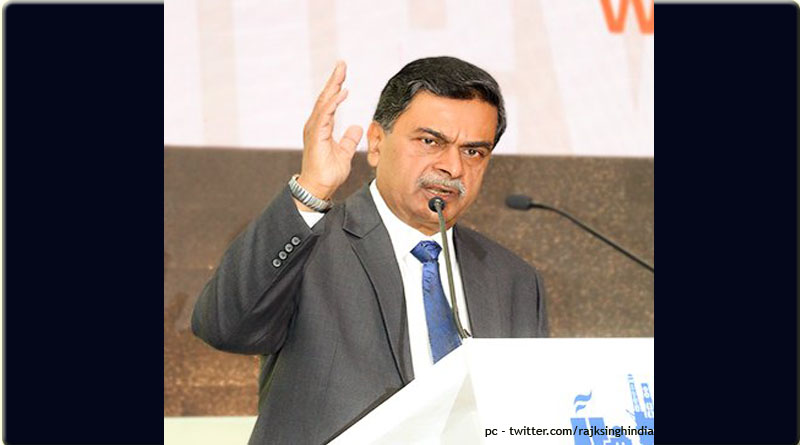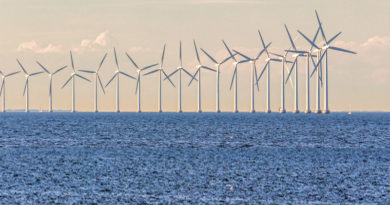Is Indian Renewable Energy’s Big Bang Reform Moment Here?
 The Big Bang Reformer?
The Big Bang Reformer?
Following on to announcements made last week, India’s the Power Ministry has released the draft Electricity Act (Amendment) Bill 2020 on 17.4.2020. The draft has given stakeholders 21 days in which to send in their suggestions before the act goes further for approval. The proposed changes are of particular significance for the country’s renewable energy sector, as it promises to tighten up enforcement of orders made previously, be it on Renewable Purchase Obligations (RPO’s), enforceability of PPA’s and payment conditions from discoms to generators. All areas, one might add, where the sector has taken some heavy hits in the past 24 months.
Let’s look at the key changes proposed.
The biggest area, and highlighted early on by the ministry release, is the issue of power pricing. For years, this has been among the primary reasons blamed for the poor state of discom finances, being a reason, excuse, and a shield behind which losses grew, inefficiencies lay hidden, and perhaps,’ dirty’, thermal power flourished at the expense of renewable energy (sort of).
Discoms, which, at least count owed close to Rs 90,000 crores to generating firms, have become the bottleneck without which, no amount of incentives, exhortations, or efforts seem work in the power sector, including the renewable energy sector.
The proposed amendment to the act seeks to have all state regulatory commissions determine tariff for retail sale without any subsidy under Section 65 of the Act. Subsidies thus, will be transferred directly to consumers by the state, even as they pay full price for the power. Much like the move made for cooking gas.
The act also proposes removal of the surcharges levied on industrial consumers , an anachronism in India, where we are one of the few large economies with higher industrial rates as compared to residential rates. In theory, these surcharges are meant to subsidise residential consumers. In reality, they have become as much a permanent revenue source, as any such surcharge has a habit of turning into.
Beyond the removal of subsidies, the new act could even prevent power departments to defer revenue recovery, a method used by many state governments to run their discoms into heavy losses by postponing reimbursements for later.
The proposal to strengthen the appellate tribunal of electricity with more members, with powers similar to that of a civil court is also welcome, to speed up dispute resolution.
Following up on the promise made by Power Minister R.K. Singh to back its office orders with legal teeth, state load dispatch centres will be required to monitor payments by states before supplying electricity. That , if implemented well, can have a massive impact, as states will no longer be able to blame power shortages to paying consumers on central utilities.
By giving teeth to the sanctity of PPA’s (power purchase agreements), and a clear definition of conditions for force majeure, the new act will also seek to avoid the kind of damage a new state government in Andhra Pradesh did in the future. The Andhra effect has already been seen in 2019, with much more detailed and standardised PPA’s for all new developments across the country. Some of which took away whatever little flexibility state buying utilities enjoyed in good faith before the AP incidents put paid to trust there.
A key provision relates to much heavier penalties for discoms, when it comes to meeting their RPO’s. (Renewable purchase obligations). Doing this right by raising the price of failure, could remove the biggest roadblocks to faster spread of rooftop solar, for instance, besides better acceptance of utility scale renewable power from the grid. Developer after developer has complained in private about how, despite the so called ‘must run’ status given to renewable energy, discoms regularly curtail power offtake, sometimes through oral instructions even. With deemed generation status for such curtailment , unless it involved grid safety, the future could be that much brighter for existing generators. And keep in mind that the escape route given, namely grid safety, should hardly be called into use at all currently, with share of renewable energy barely into the teens in most states.
With a high focus on storage , or peak power and round the clock power from renewables in focus, the passing of the act without any backdown on some of these amendments, could truly mark one of the biggest policy shifts for the sector in India since 2014, when the government of Prime Minister Modi first moved to ramp up its renewable targets from 20 GW to 175 GW by 2022. Truly big bang reforms would have arrived in India’s power sector.




